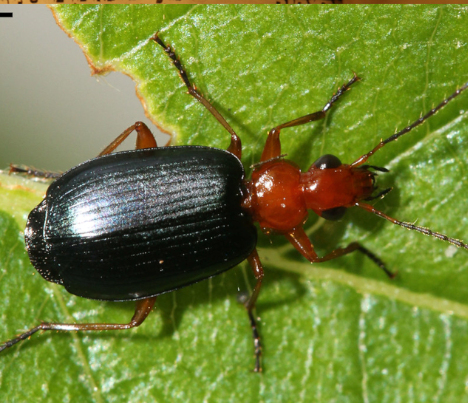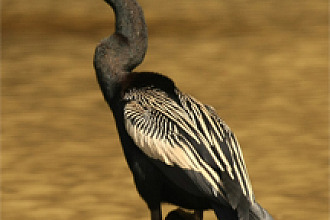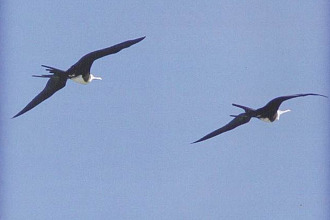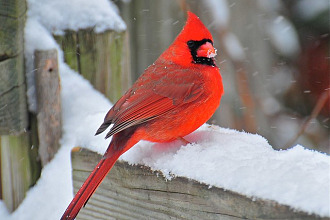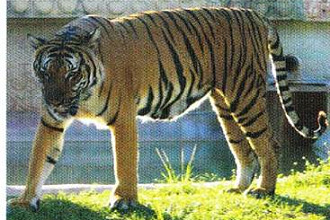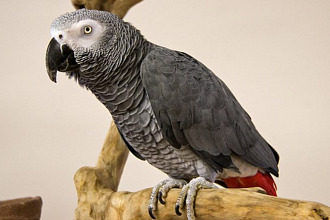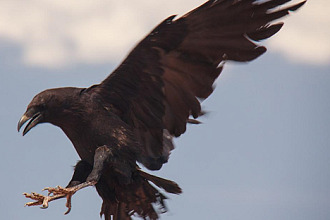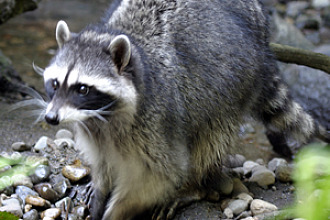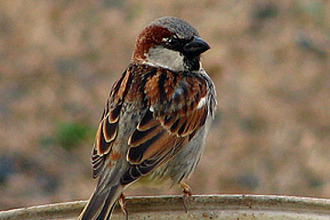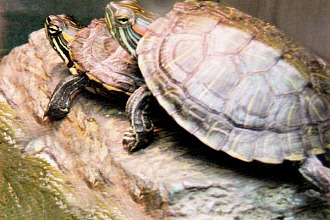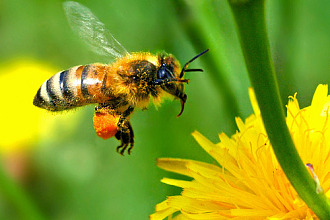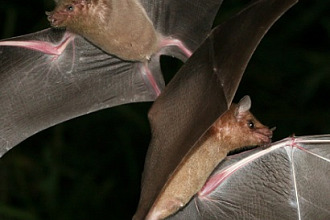It's Not By Accident time again—time to meet another of God's special creatures—that has a defense system that may make you a Believer!
The bombardier beetle is an out-of-the-ordinary creature, designed and prepared for defense with weapons that have been likened at various times to the artillery of a pulsed jet, or Germany's V-1 buzz bomb of World War II, or unexpected chemical warfare, or the precision accuracy of a gifted sharp-shooter, or even the dreaded pungent aroma spray from an upset skunk—not to mention the scalding painful burn of a jet of boiling-hot liquid that incapacitates an attacker to the point of seizures! Formidable, don't you think? And it's all NOT BY ACCIDENT!
Let's admit it: the bombardier beetle has been studied for years—and even now continues to fascinate scientists and researchers who are curious about the mechanism of its complicated defense system. This dear little beetle, that can be found all around the globe, doesn't even know there is anything special about it! It's just trying to go through life minding its own business, living near quiet streams, under rocks and pebbles, eating berries and seeds and pollen. It's doesn't know that it has an internal mechanism in place that some British researchers were given large grants of money a while back to study to see if they could learn from this bombardier how, for example, to re-ignite a gas-turbine aircraft engine in mid flight! (This beetle can't even fly!) So what is so intriguing about this creature?
Not by accident its Designer gave it glands that produce two chemicals (hydroquinone and hydrogen peroxide) that are reserved harmlessly in what scientists call a storage chamber at the tail end of the beetle's abdomen. There is another compartment just beyond it called the reaction chamber that contains a mixture of enzymes just waiting to be put to use.
Enter a level of fear into the tiny beetle due to an attacking frog, ant, spider or some other predator disturbing its world. The little beetle tenses up, its nerves react by tightening muscles squeezing the storage chamber with an involuntary pulsating rhythm. That forces those first two chemicals through the valve separating the storage chamber from the reaction chamber. Voila! The enzyme mixture in the next chamber interacting with the two chemicals produces another chemical reaction as a hot, expanded mixture is forced out of the beetle's body (sometimes at boiling point) in a series of explosive "pops." This happens always with a bad smell. Depending which type of bombardier beetle it is, from the reaction chamber the material ejected will be either a disgusting acidic foam that covers the beetle itself, repelling the attacker, or an accurately-directed jet spray of the mixture that the female beetle aims through a double barreled turret-swiveling delivery system—that incapacitates her attacker. (The male uses a single aiming device that delivers the no¬-longer-Tsecret weapon to its surprised enemy — who leaves hurriedly or is stunned to the point of experiencing seizures!) The Creator, not by accident, took care of another "detail," giving the bombardier beetle a protective cover over every part of its own body that the irritant might touch—so it does not harm itself in any way by what it produces! They go through life, never realizing how very special is their design, and what a great thing God has given them.
They’re a little like us, aren’t they? Over and over God makes sure our needs are cared for, and protection is available. But we never even realize the great things He’s done – not by accident – for us. Meanwhile the rest of the universe enjoys doing research about the great love God has shown in planning our salvation, because THAT’S the greatest thing of all.
"NOT BY ACCIDENT" (c) Juanita Kretschmar is used by permission and was first published in the book "Not By Accident 3 page 7
Picture originally found here

